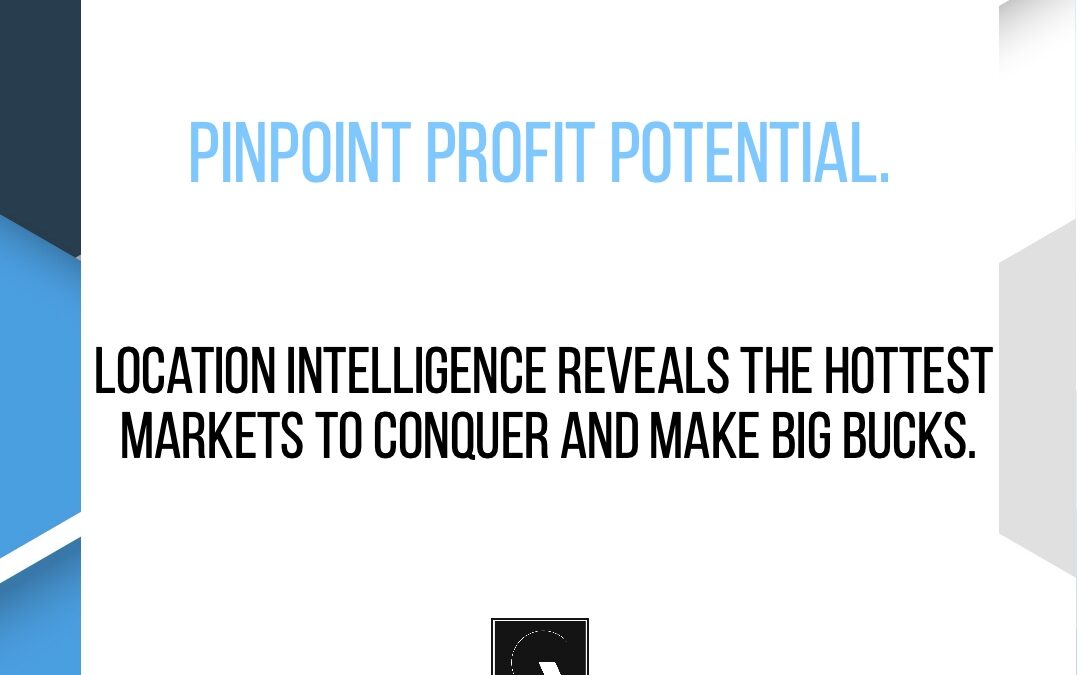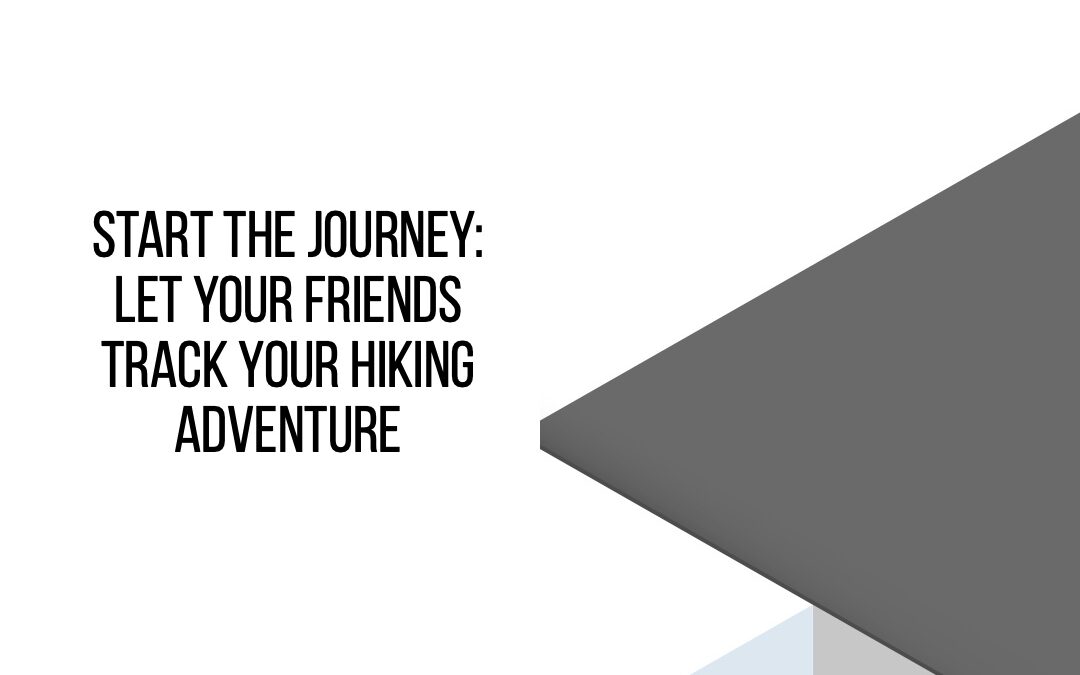Follow the Money: Letting Geospatial Analytics Lead You to Profit
Introduction
Businesses are always looking for new ways to make more money, and one emerging technology is bringing data together in a way that makes that goal easier than ever. Geospatial analytics uses geospatial mapping, satellite imagery and other data sources to help companies find targeted business opportunities. It's an obvious approach -- you could say it's common sense -- but it can be hard to do effectively. Companies that have used geospatial analytics have saved money and made more of it by using their data in the most effective way possible.
An emerging technology called geospatial analytics is helping businesses find new revenue streams and make more money.
Geospatial analytics is a powerful tool that can be used to find new markets, new customers and new ways to sell products. It can also be used to find new ways to save money.
The best way for you as an entrepreneur or CEO of a business is to start using geospatial analytics in your own organization today!
Geospatial analytics uses data collected from satellites, 3D modeling and other sources to help companies find targeted business opportunities.
Geospatial analytics is a new technology that uses data collected from satellites, 3D modeling and other sources to help companies find targeted business opportunities.
Geospatial analytics can be used to do things like:
- Identify areas where there are high concentrations of potential customers or clients
- Find the best route for a delivery truck to take within an area
- Show you how much space is available in an office building so you can decide which floor would be best for your company's needs
It's a common-sense approach to finding new customers and markets, but it's also hard to do effectively.
It's a common-sense approach to finding new customers and markets, but it's also hard to do effectively. Geospatial analytics uses data collected from satellites, 3D modeling and other sources to help companies find targeted business opportunities.
It's a common-sense approach because it makes perfect sense that if you can see where your competitors are located and what their business is doing, then you can use this information as part of your own competitive strategy. The problem is many businesses don't know how or where to start collecting such data.
Companies that have used geospatial analytics can save money and make more of it by using their data in the most effective way.
Geospatial analytics can help you find new markets and customers, business opportunities and profit potential. For example:
- A retailer might use geospatial analytics to identify areas where there is high demand for their products but low supply. This could lead them to expand into those areas or shift resources away from other locations with less demand but higher supply.
- A manufacturer could use geospatial analytics to determine which products are most profitable in each region of the country so they know how much money should be spent on advertising each product online or on TV commercials during football games every Sunday night at 6pm Eastern Time when millions of viewers are watching ads while they eat dinner together as a family before bedtime rolls around again soon enough (and then wake up early tomorrow morning).
The best way to start using geospatial analytics is to map where your competitors are.
The best way to start using geospatial analytics is to map where your competitors are. This will give you a better understanding of the market and help you identify new markets, opportunities and customer preferences.
- Map your competitors:
- Identify new markets:
- Discover new opportunities:
- Understand your customers:
Geo-spatial analysis helps you understand where your customers are located so that you can tailor products or services accordingly, as well as increase sales by targeting specific regions with promotions or advertising campaigns.
Your next step will be to look for undiscovered markets -- places where you can dominate because no one else is targeting them yet.
Once you know where the money's at, it's time to find out how much there is. If your research shows that a particular market is worth $100 million, but only $10 million of that is being spent on geospatial analytics software, then you have an opportunity for profit--and maybe even dominance--if you can fill that gap in the market.
Your next step will be to look for undiscovered markets -- places where no one else is targeting them yet. This could mean looking at industries or organizations that don't currently use geospatial analytics but could benefit from adding them (like hospitals or schools), or it could mean finding new customers within existing markets (for example, small businesses). Whatever direction you go in, keep an eye out for opportunities where no one else has been looking yet!
Big data is getting bigger all the time, which means more opportunities for companies that learn how to use it effectively.
Big data is getting bigger all the time, which means more opportunities for companies that learn how to use it effectively. If you're interested in using big data analytics to help your business make more money, then this guide will help you get started.
The first step is understanding what big data actually is and why it's important. To do this, we'll take a look at some of its key characteristics:
- It can be used for analytics on large datasets (more than one terabyte)
- It involves machine learning algorithms that require access to large amounts of computing power and storage space
- The analysis requires advanced software tools
If your company doesn't have an effective plan for using geospatial analytics, it may already be too late.
If your company doesn't have an effective plan for using geospatial analytics, it may already be too late.
Geospatial analytics is a new technology that allows businesses to analyze their data in new ways, finding new customers and markets through common sense approaches like looking at where their competitors are located or how far away from a given neighborhood. But this isn't just about finding new customers; it can also save money by helping companies use their data more effectively than ever before.
Conclusion
This is a new technology, but it's already helping companies find new ways to make money. If your company doesn't have an effective plan for using geospatial analytics, it may already be too late.
Pinpointing profit potential: Location intelligence reveals the hottest markets to conquer and make big bucks.




